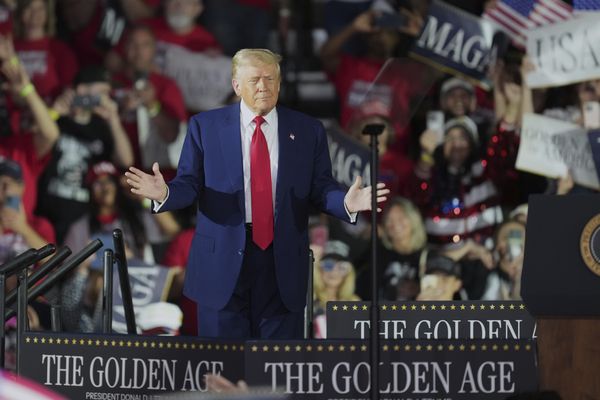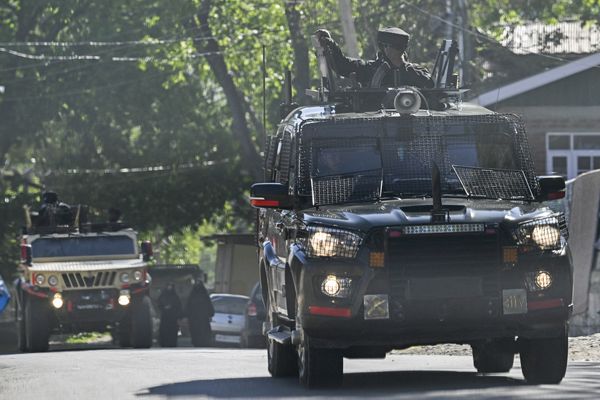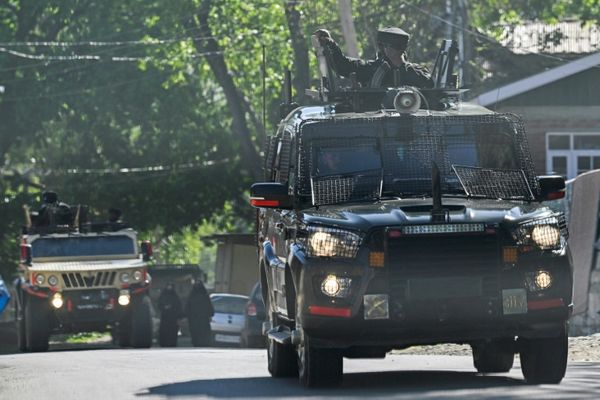Connectivity is vital in uniting a region, building infrastructure is as important as building trust, and hence, should be based on respect for sovereignty and territorial integrity and must “empower” nations, not place them under an “impossible debt burden”, Paramita Tripathi, Joint Secretary for Oceania and the Indo-Pacific in the Ministry of External Affairs, said. “They must promote trade, not strategic competition,” she added.
Speaking of why the Indo-Pacific is such a focal point, the German envoy to India, Philipp Ackermann, said the “root of all of this is the aggressive Chinese foreign policy in the area”. “We see China under Xi Jinping with successive steps to enhance power in the region by military, economic and other means,” he said. China has border conflicts with all its neighbours in the Indo-Pacific and perhaps beyond, Dr. Ackermann said, adding, “We also see intensified competition between the U.S. and China.”
There is widespread concern over Chinese infrastructure projects in many countries, and their accumulating debt burden.
“India stands for open and stable international trade regime. We support rule-based open, balanced and stable trade environment in the Indo-Pacific region, which lifts up all nations on the tide of trade and investment,” Ms. Tripathi said on Friday, while speaking of India’s Indo-Pacific vision at an event organised by the Council for Strategic and Defence Research. She said infrastructure initiatives should be based on respect for sovereignty and territorial integrity, consultation, good governance, transparency, viability, and sustainability.
She described the Indo-Pacific Oceans Initiative, announced by Mr. Modi at the 2019 East Asia Summit in Bangkok, as a “structure light and cooperation heavy” initiative focused on a collaborative effort to better manage and secure the maritime domain, in line with India’s vision for the Indo-Pacific.
Referring to India’s Indo-Pacific vision articulated by Prime Minister Narendra Modi at the Shangri La dialogue in Singapore in 2018, Ms. Tripathi said it laid out seven elements, including inclusivity; Association of South East Asian Nations (ASEAN) centrality; the evolution of a common rules-based order for the region through dialogue that equally applies to all individually as well as to the global Commons based on sovereignty and territorial integrity; the equality of all nations, irrespective of size and strength; and upholding international commitments. “This is the foundation of India’s faith in multilateralism and regionalism, and of our principled commitment to the rule of law,” Ms. Tripathi stated.
The fourth element, she said, was that all nations have equal access as a right under international law to the use of common spaces on sea and in the air which would require freedom of navigation, unimpeded commerce, and peaceful settlement of disputes in accordance with international law. The fifth element was that India stood for an open and stable international trade regime. The final element was based on cooperation and collaboration, given the need for shared responses to shared challenges in the region.
With increasing focus on the Indo-Pacific region, in the past few years, several countries have outlined their strategies for the region.
“We today do much more business to the eastern side of India than we do to the western side,” Ms. Tripathi said, speaking of ASEAN’s centrality. Many of our key trade, economic or strategic partners are now in the east, she said, adding that India’s Indo-Pacific vision had been evolving and taking shape as a natural progression of its Look East, and later the Act East, policies and the SAGAR (Security for Growth and All in the Region) initiative that was articulated by Mr. Modi in 2015 during his visit to Mauritius.







